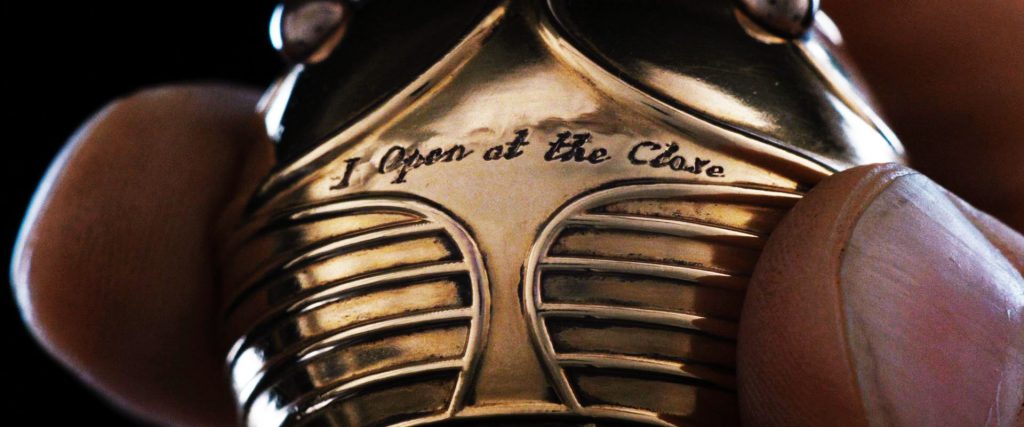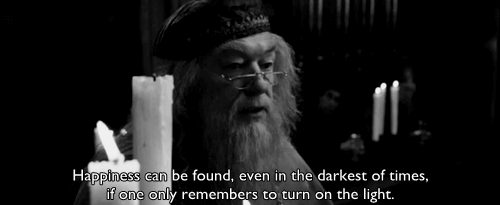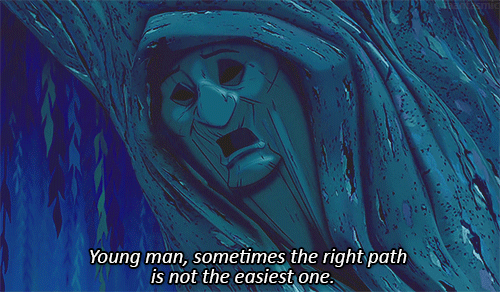Exposing our screens:


We were brought into the dark room with an empty silkscreen and were told to attach our transparencies (2 sheets together) onto the silkscreen before facing it down on the exposing machine which will first vacuum the screens before exposing it to strong light. Afterwhich, the screens will be ready to be washed by the water jet in another room.

My first silkscreen design.

Failed trial prints on newsprint. Most of the just appear pitch black and the halftone could not be seen at all. Though I managed to get the halftone once as shown on the bottom right, it felt extremely insecure.

Turned out that a couple of us in the class also stripped off their first design since they were not satisfactory. Also, we did not realise that the first tub of betastrip used was expired and hence quite a few of us spent futile effort over a good half an hour trying to scrub off the design.

Process of stripping off the first design.

Notice that there is a “ghost” image on the screen!

Subsequently, I came up with a second design and proceeded on to expose it again the next lesson. It also made me realise that I didn’t take a photo of my first exposed design last week. (:( )

I tested it on the newsprint and it seems to be pretty fine. At least the prints were much sharper this time round as compared to the first.

This is my first trial tote bag. Other than the slightly smudged phoenix, the rest of the print seems pretty fine. The method I used was to ask Minh to hold the silkscreen frame diagonally and I scraped the squeegee with one hand downwards directly. Also, I realised from the trial newsprint that I should do the scraping of ink upside down instead of just the original direction of the design. This is to prevent the ink from smudging at the tips of the light bulbs where the thin lines are rather crucial details.

This is the actual tote bag. One side of it was pretty smudged (will be uploaded tmr). Minh recommended that I use a bigger squeegee to scrape the inks with two hands instead of my original method. The method did not turn out well for my design.
After getting a shock (because my trial print was not that bad), I allowed the surface to dry off before trying it again on the other side which thankfully turned out to be pretty good.

We then washed out screens and stripped the designs off using the betastrip. My “ghost” image proved to be rather dark though. ( 😛 )
Reflections:
This is the first time I am creating designs on my own and it has been an enriching experience thus far. I became more familiar with the photoshop functions and managed to successfully design something out of it. Although the process of amending and rethinking my designs were rather arduous, it was nonetheless enjoyable in a way.
I chose 2 quotes from the Harry Potter series since I am a hardcore HP fan. At some point in time, I actually wanted to change the 2 other quotes since I find to rather hard to design. However, I persevered on and designed the Harry Potter ones first since it held more of my interest. After designing those 2, gradually I find it easier to come up with ideas for the rest of the 2 quotes. Through the process, I also found editing on photoshop getting easier as I progress with the designs.
The process of the silkscreen proved to be rather fun, from evening out the emulsion to water jetting the screens to finally spreading ink and trying to manual print them. This is something I had never done before and perhaps will never get exposed to if not for this project, I am hence very thankful for this experience.
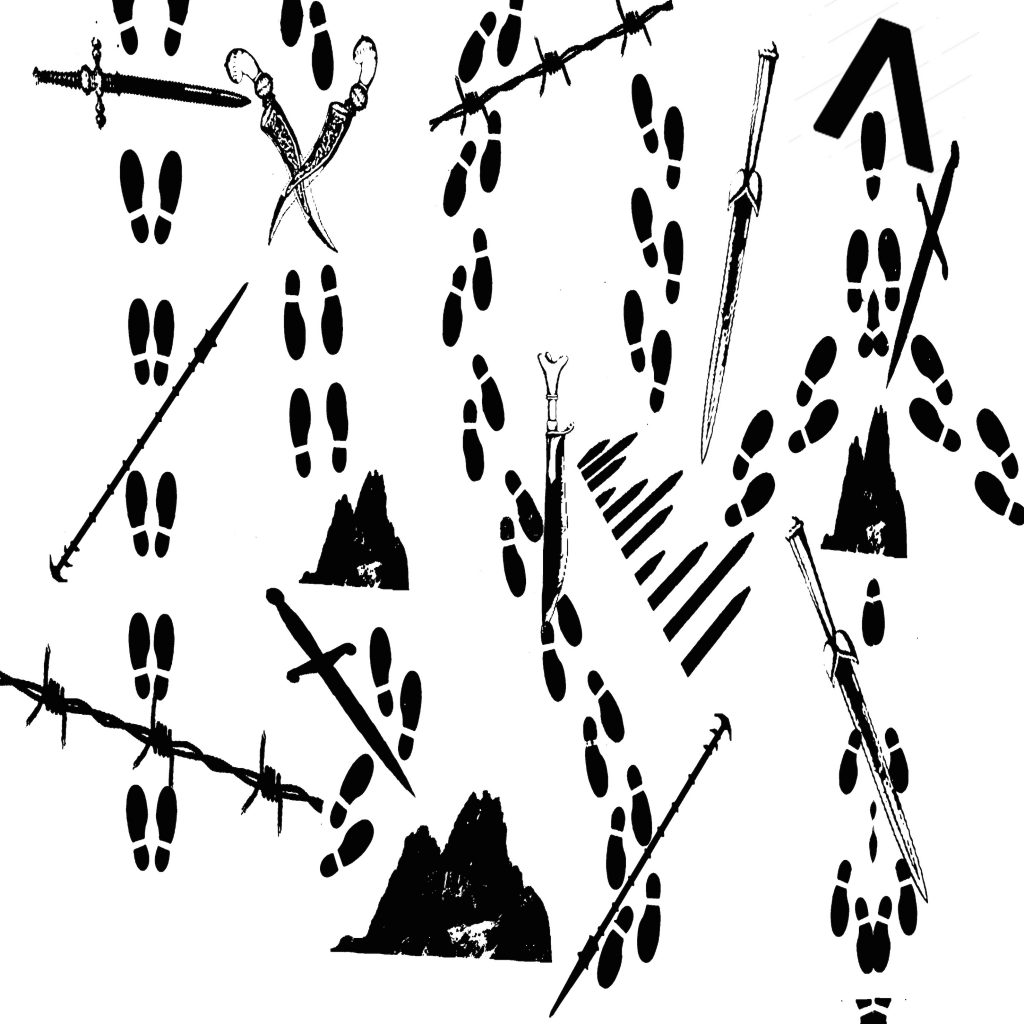
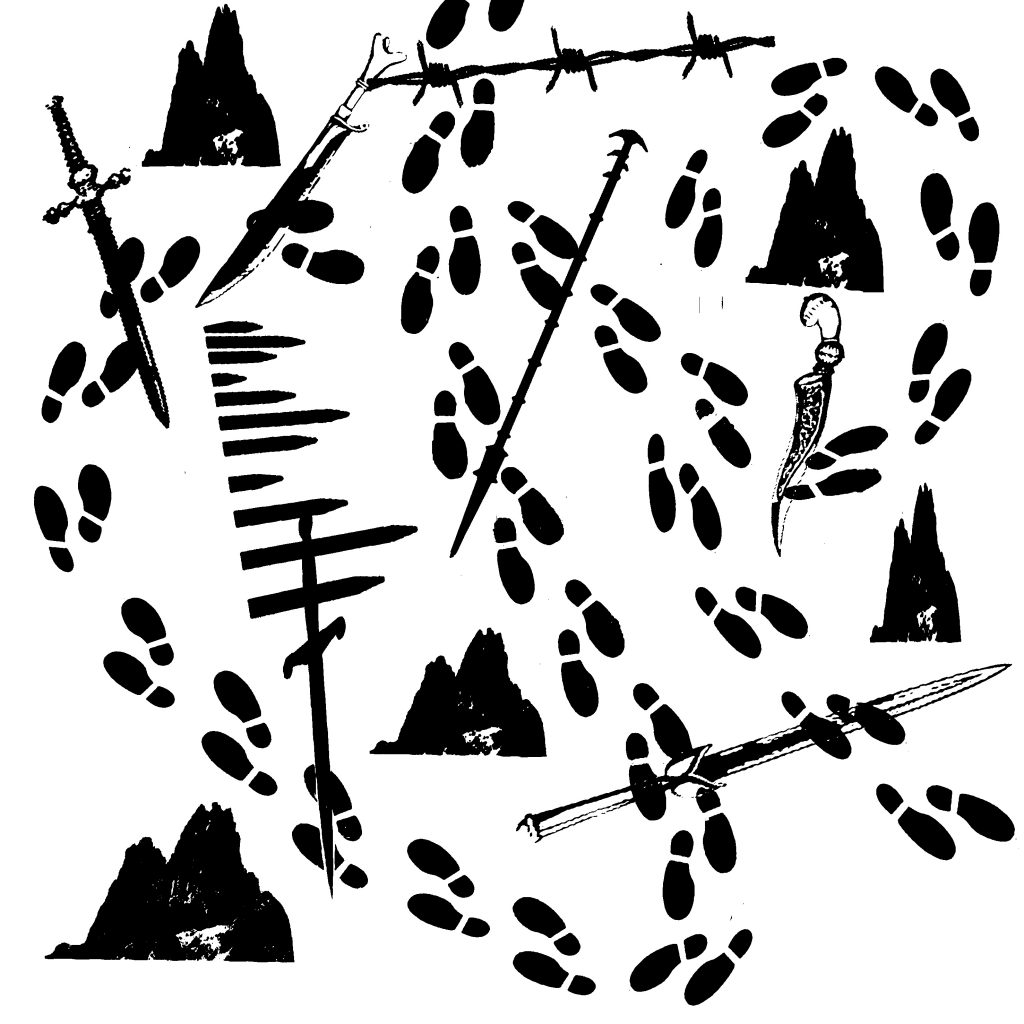
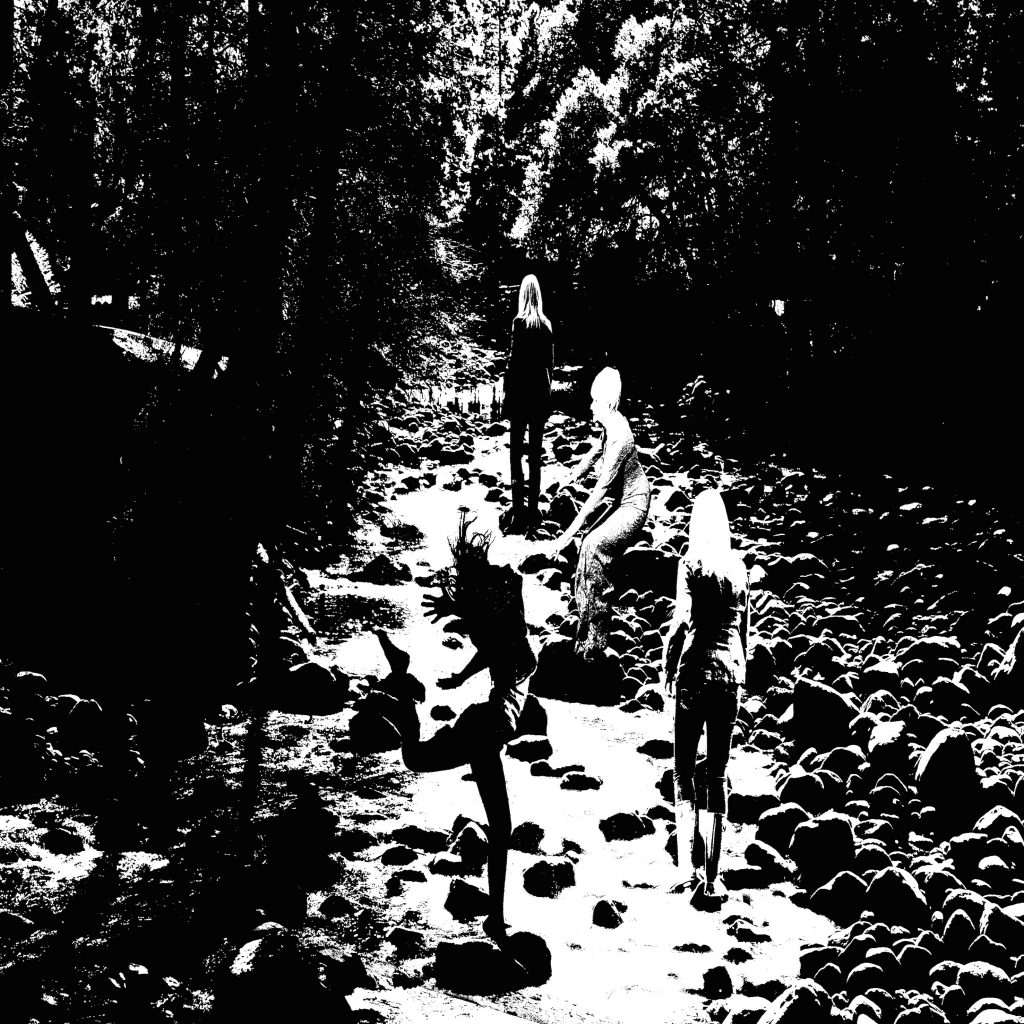
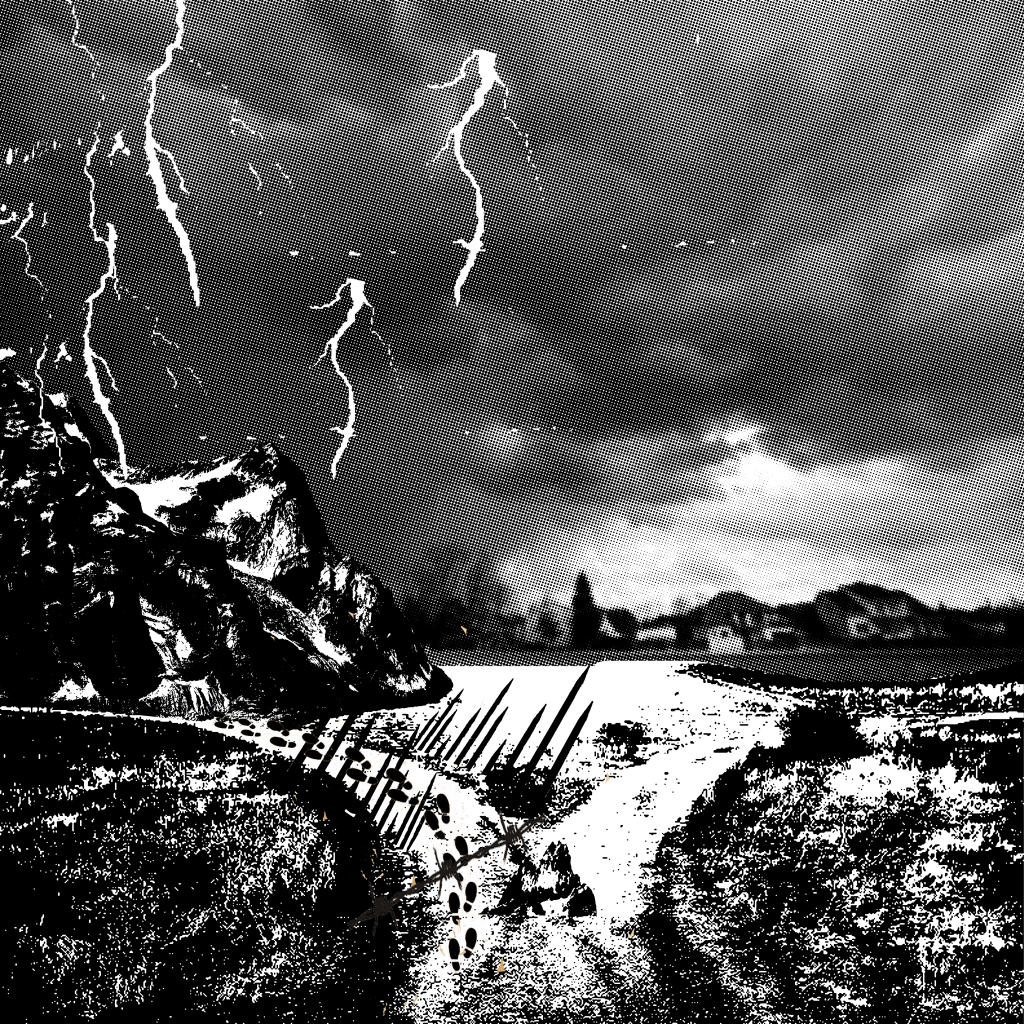
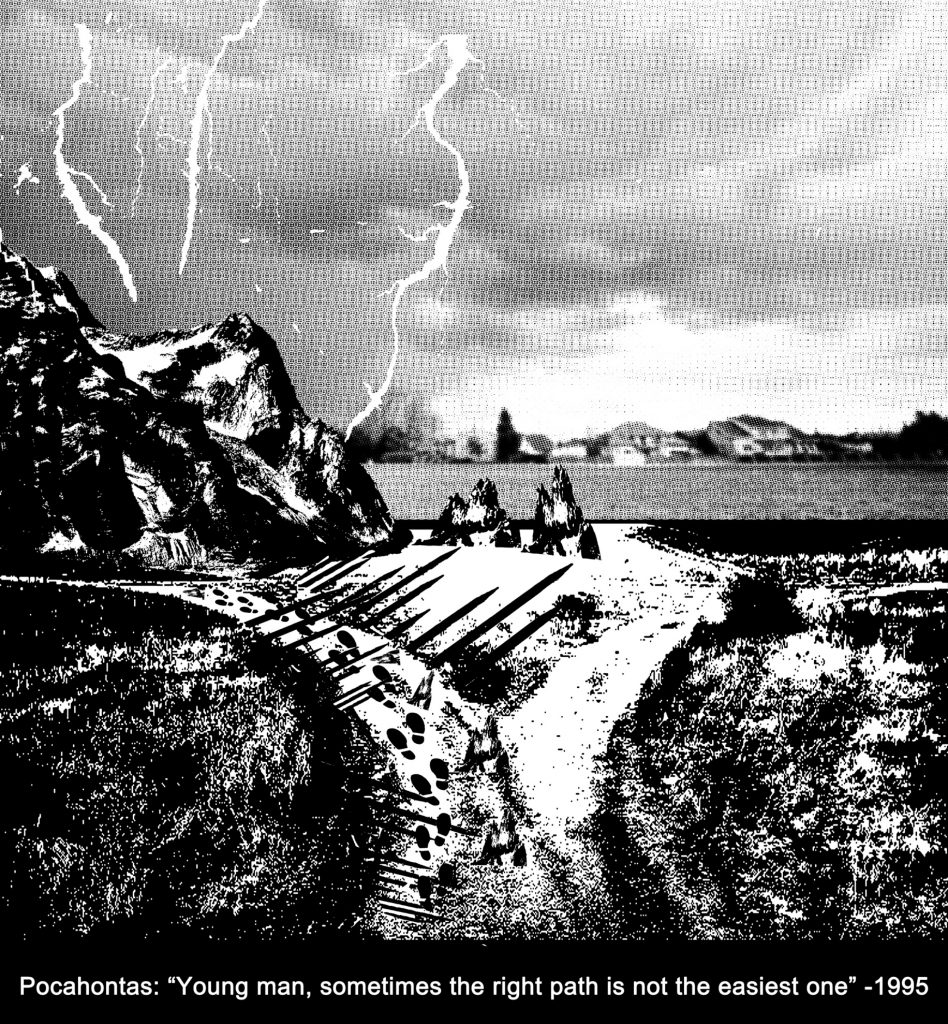

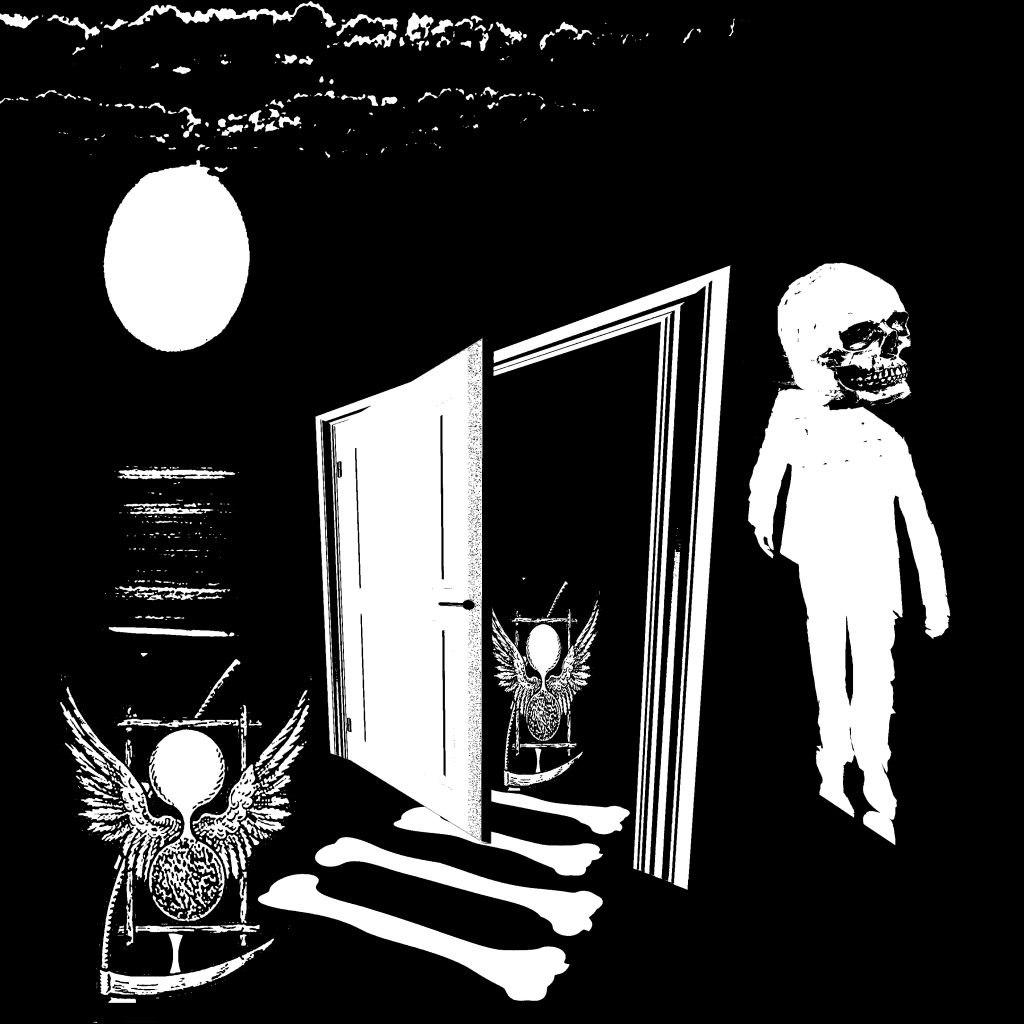
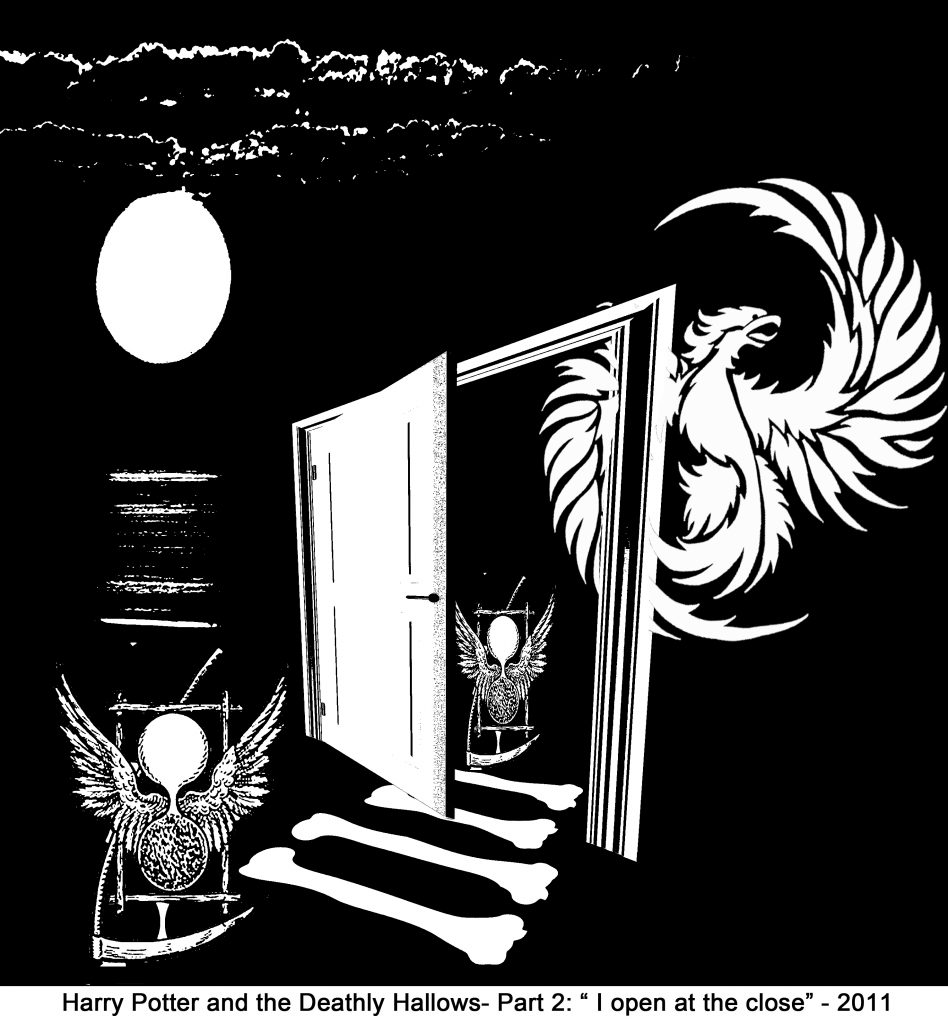
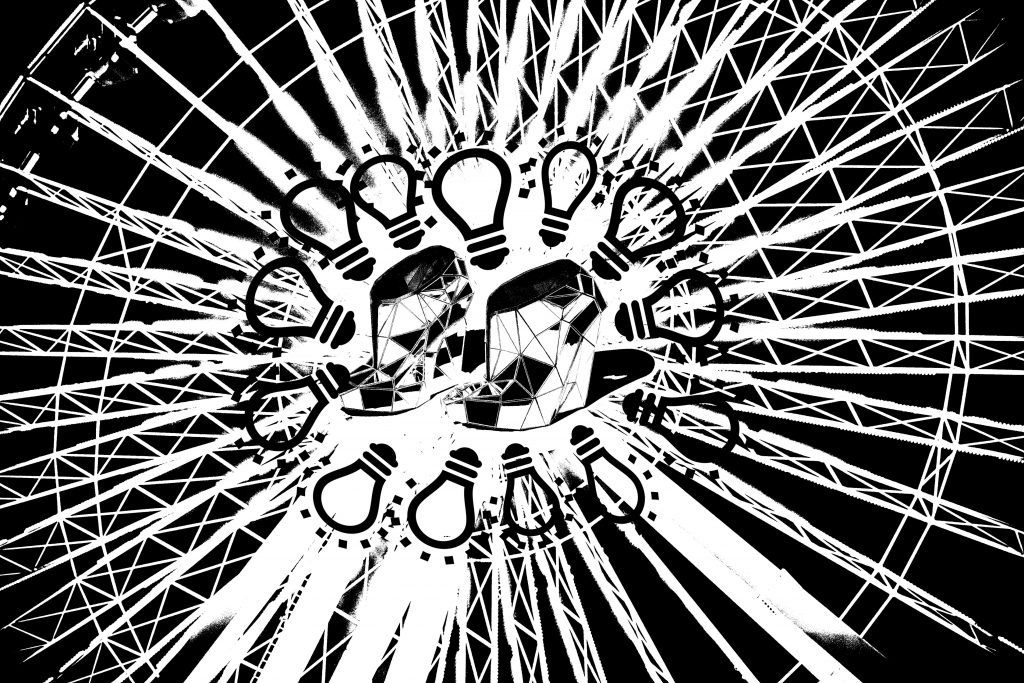
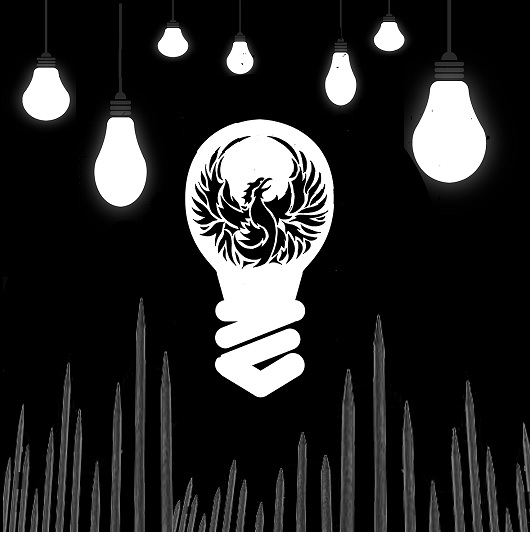
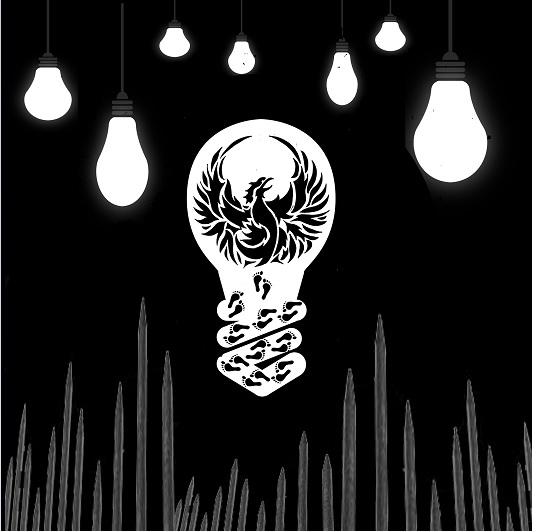









































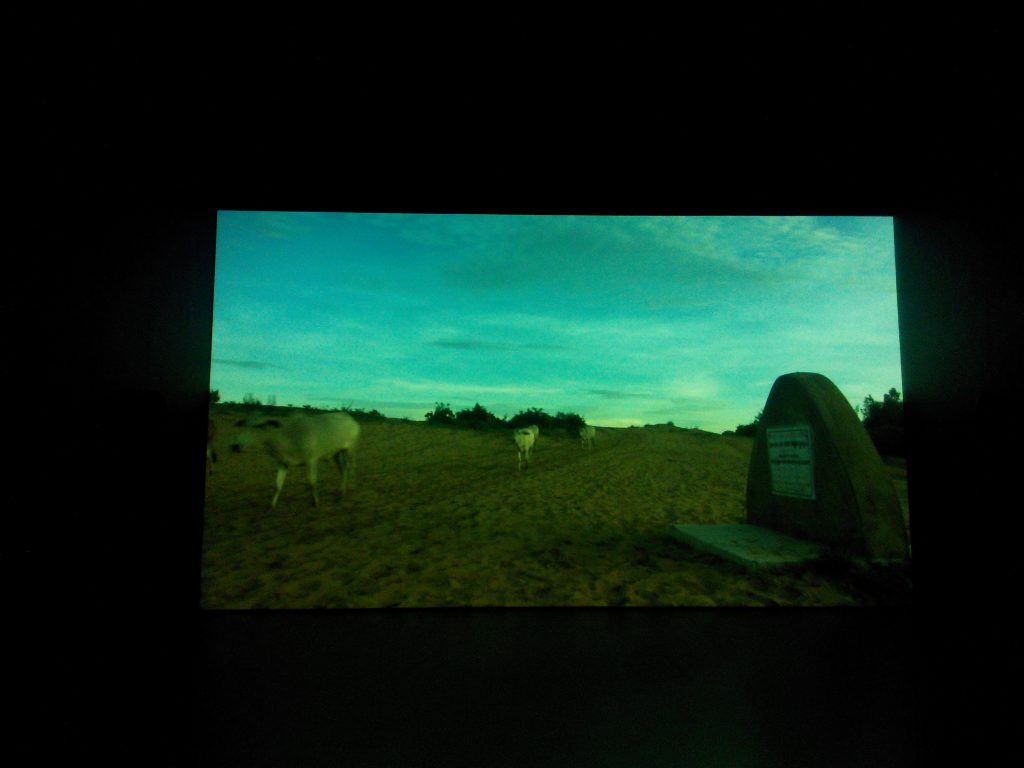


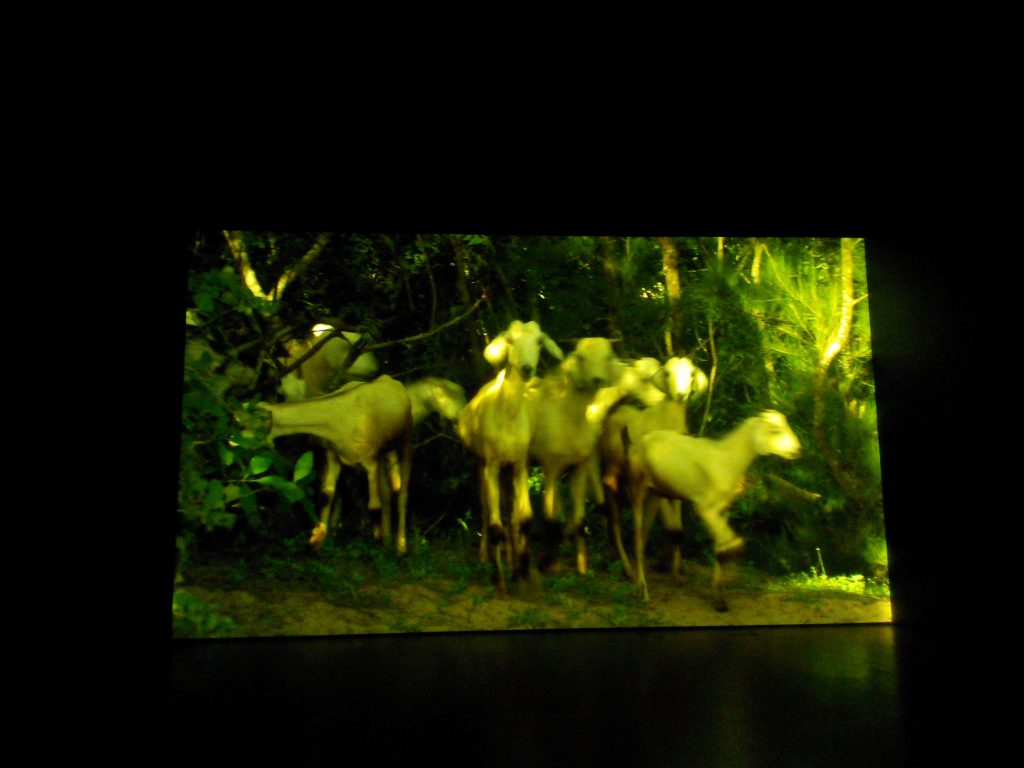

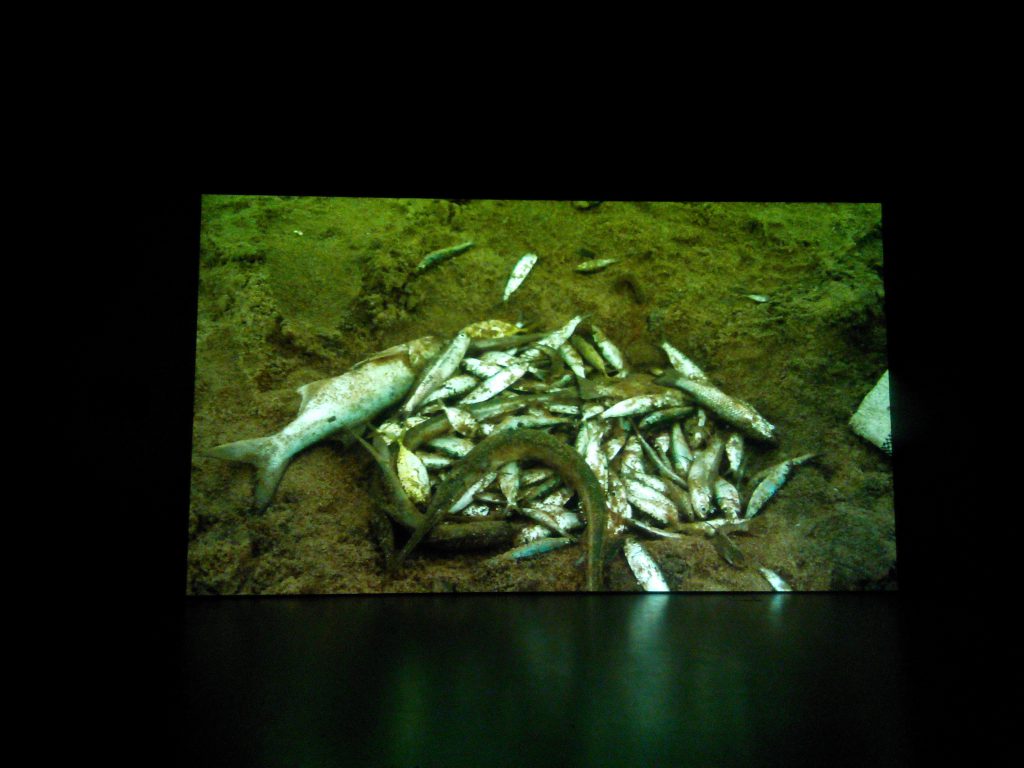

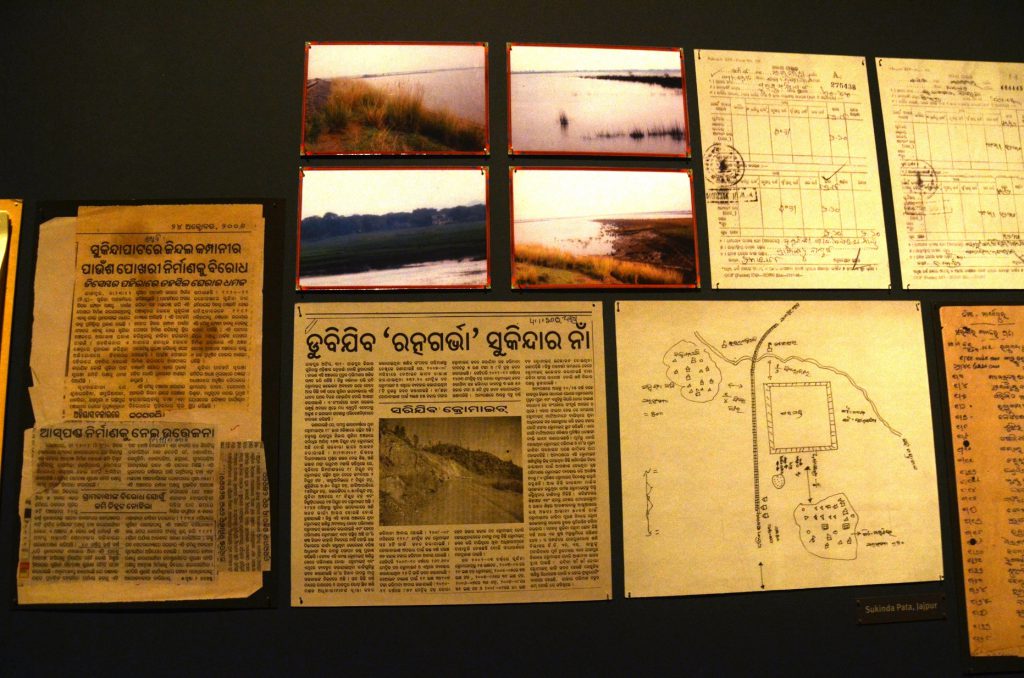








 There are overlapping techniques in the first design which i eventually used for my “path” quote (tote bag) with intersecting daggers and obstacles with the footprints. The 2nd design showed that literal sense works effectively as well which is also the basis of my design for the tote bag.
There are overlapping techniques in the first design which i eventually used for my “path” quote (tote bag) with intersecting daggers and obstacles with the footprints. The 2nd design showed that literal sense works effectively as well which is also the basis of my design for the tote bag.




